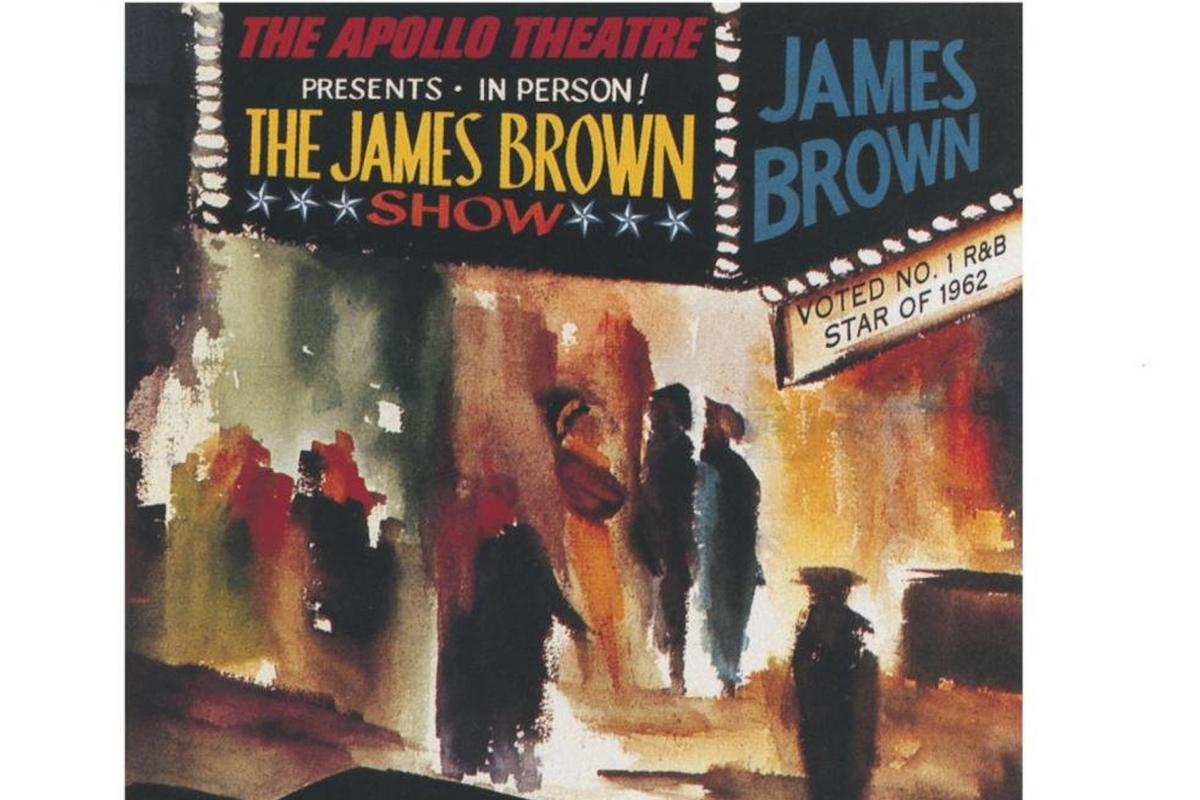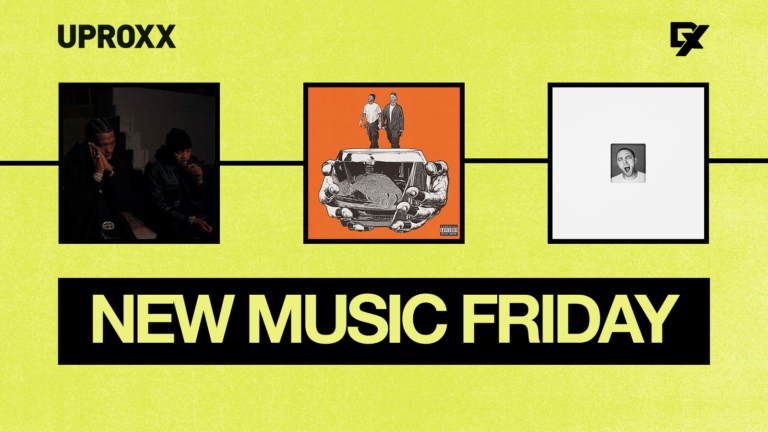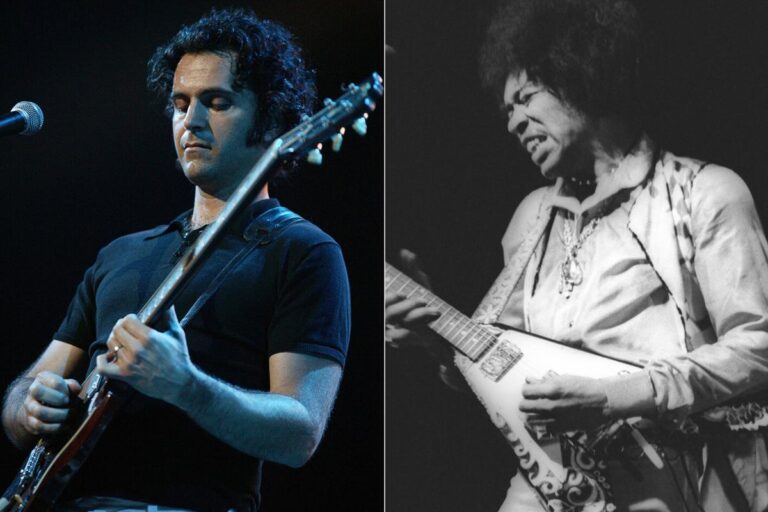James Brown‘s live shows, with his exhilarating stage presence and vocal prowess, were the sort you had to see to believe, or at the very least, hear to believe.
Which is why Brown’s choice to record a live album on Oct. 24, 1962 at the Apollo in New York City was an ideal decision. By that point, Brown and his band the Famous Flames were gaining more and more traction with multiple hits on the American R&B chart — songs like “Try Me,” “I’ll Go Crazy,” “Night Train” and more.
It was Brown’s own idea to record a live album and insist on releasing it despite Syd Nathan, founder and head of Brown’s label King Records, disagreeing. For all of Brown’s talent and potential, in 1962, live albums were just not the commonplace endeavor they would later become — it would be years before albums like Get Yer Ya-Ya’s Out, At Fillmore East or Frampton Comes Alive! would demolish the charts. Nathan, not unreasonably, felt that if fans had access to a live Brown album, they may stop coming to the concerts.
READ MORE: How James Brown Delivered His ‘Rallying Cry,’ ‘Say It Loud’
Brown thought otherwise.
“The songs were a lot different live,” he explained to The Guardian in 2003. “Any artist, if he’s really got his act together, his live show will be twice as good as the record. And I tried to convince King Records.”
He did not ultimately convince King Records, and so he went another route: financing the album himself. Brown personally rented the 1500-seater Apollo for $5,700, a small fortunate then in 1962, and recording equipment from Manhattan’s A1 Sound. It was off to the races from there. Brown’s residency at the venue started on Oct. 19 and recording of the actual live album occurred on Oct. 24. It can’t be overstated: artists simply did not take control of their own business in those days. “They thought it was crazy,” Brown recalled to Interview magazine in 1990.
“Are you ready for Star Time?” the evening’s MC, Lucas “Fats” Gonder, says at the top of the album to much applause. “Thank you and thank you very kindly. It is indeed a great pleasure to present to you at this particular time, nationally and internationally known as the Hardest-Working Man in Show Business, the man who sings ‘I’ll Go Crazy!’ ‘Try Me!’ ‘You’ve Got the Power!’ ‘Think!’ ‘If You Want Me!’ ‘I Don’t Mind!’ ‘Bewildered!’ Million-dollar seller, ‘Lost Someone!’ The very latest release, ‘Night Train!’ Let’s everybody shout and shimmy! Mr. Dynamite, the amazing Mr. Please Please himself, the star of the show, James Brown and the Famous Flames!”
The Success of ‘Live at the Apollo’
It turned out Brown was right all along, since when Live at the Apollo was released in May of 1963 it sold tremendously well through word of mouth alone and spent 66 weeks on the Billboard Top Pop Albums chart, with a peak position of No. 2. (And just to further the legacy, Brown went on to record more live albums at the same venue: 1968’s Live at the Apollo, Volume II, 1971’s Revolution of the Mind: Live at the Apollo, Volume III and Live at the Apollo 1995.) With such demand, Radio DJs started playing the album in full.
“People were calling in,” Famous Flames member Bobby Byrd recalled to The Guardian, “they really wanted to hear the whole thing, the excitement and everything.”
Listen to James Brown’s ‘I’ll Go Crazy’ From Live at the Apollo
Not only did Live at the Apollo bring Brown to a new level of stardom, its fervent energy and unbridled sound would inspire future artists to make similar sounding albums.
“Our whole thing was based on James Brown. We listened to Live at the Apollo endlessly on acid,” MC5 guitarist Wayne Kramer would say in 2003. “We would listen to that in the van in the early days of 8-tracks on the way to the gigs to get us up for the gig. If you played in a band in Detroit in the days before the MC5, everybody did ‘Please, Please, Please’ and ‘I’ll Go Crazy.’ These were standards. We modeled the MC5’s performance on those records. Everything we did was on a gut level about sweat and energy. It was anti-refinement. That’s what we were consciously going for.”
It was thanks to Brown’s firm stance that any of that happened — he simply knew Live at the Apollo was the album he wanted to make and release into the world. “I said, ‘We’re not going to take any singles off it,'” Brown recalled to The Guardian. “‘Sell it the way it is.'”
Listen to James Brown’s ‘Night Train’ From Live at the Apollo
Top 25 Soul Albums of the ’70s
There’s more to the decade than Marvin Gaye and Stevie Wonder, but those legends are well represented.
Gallery Credit: Michael Gallucci



